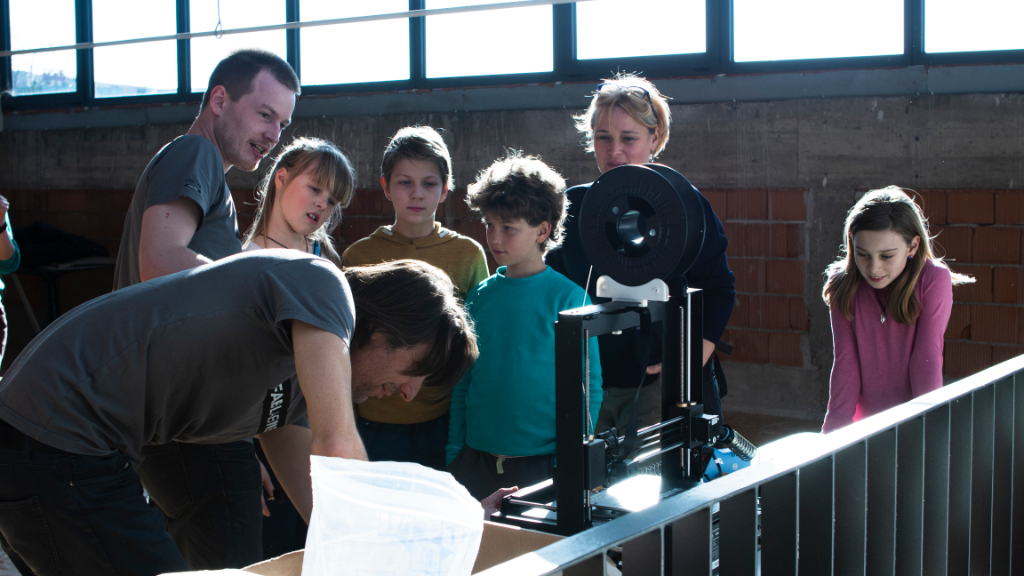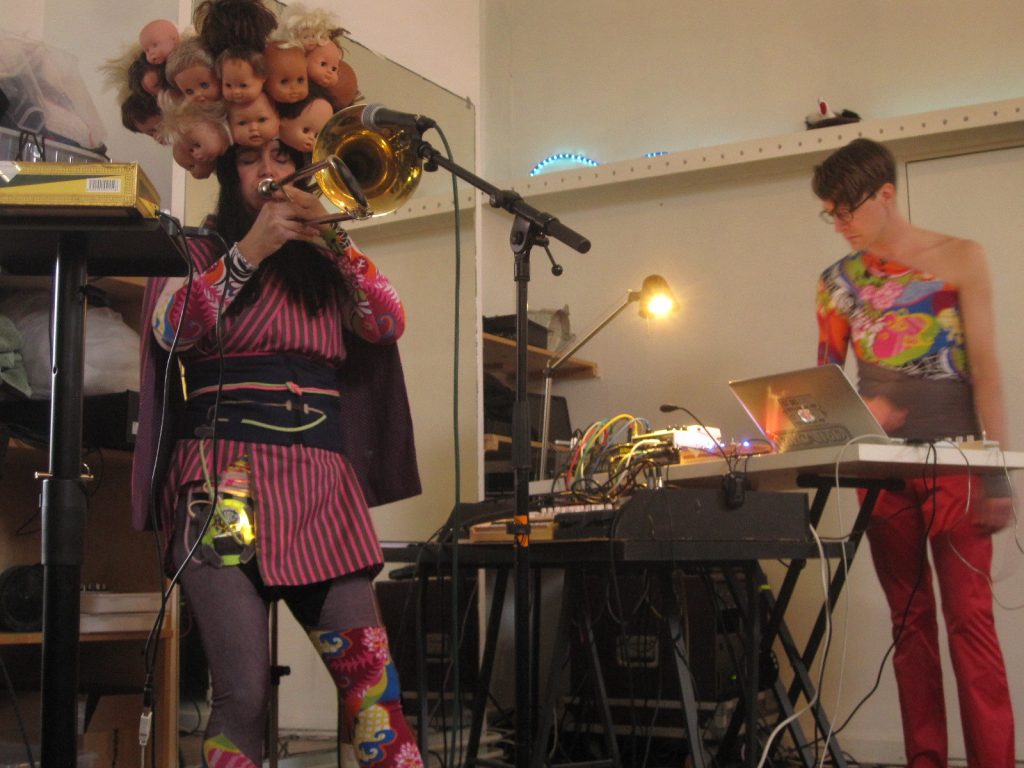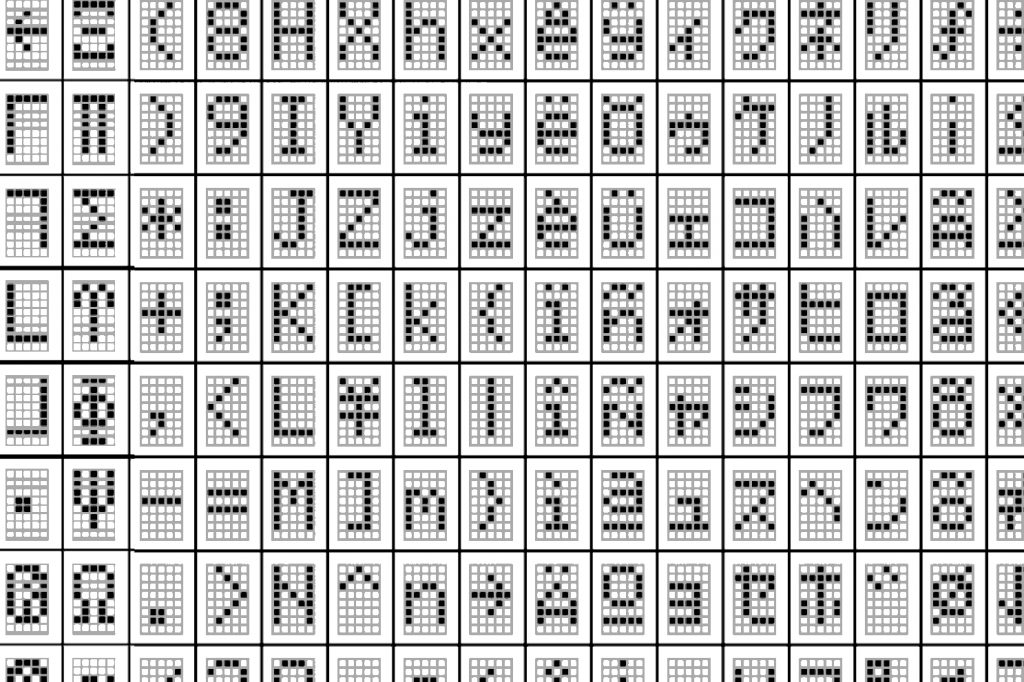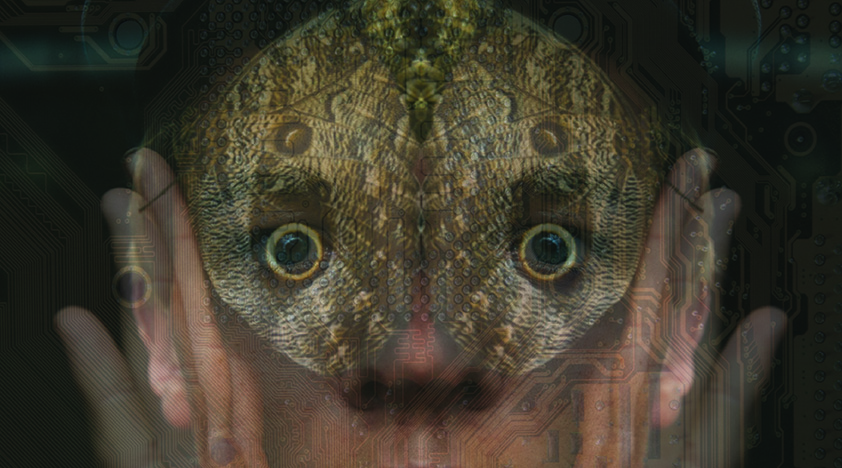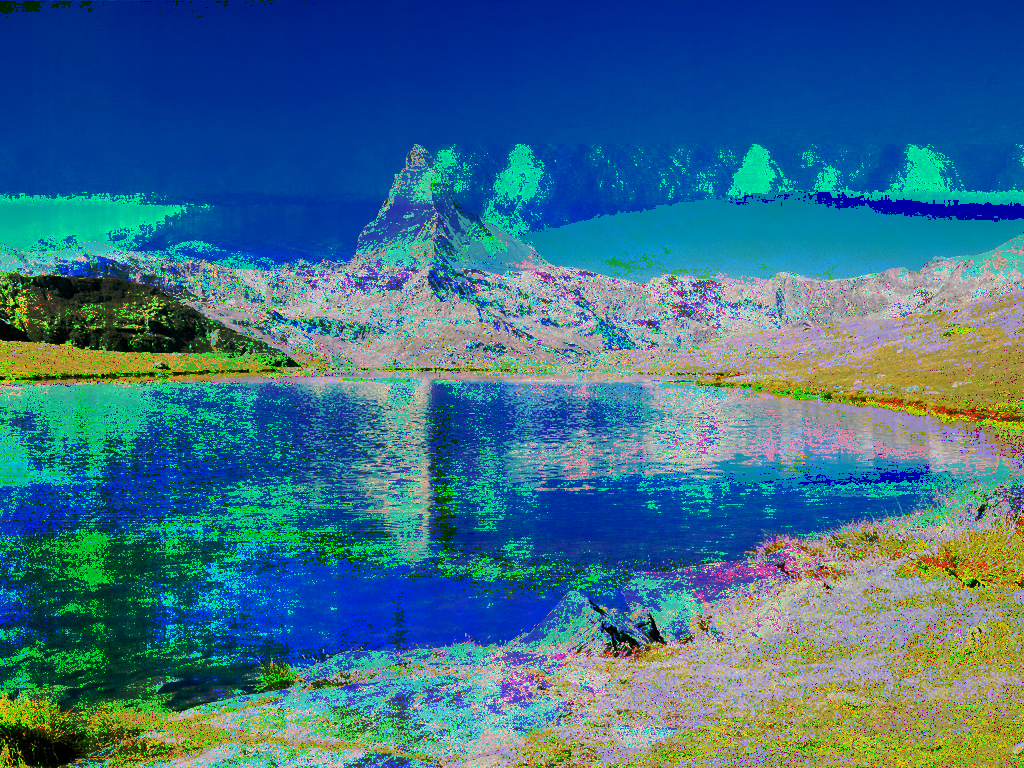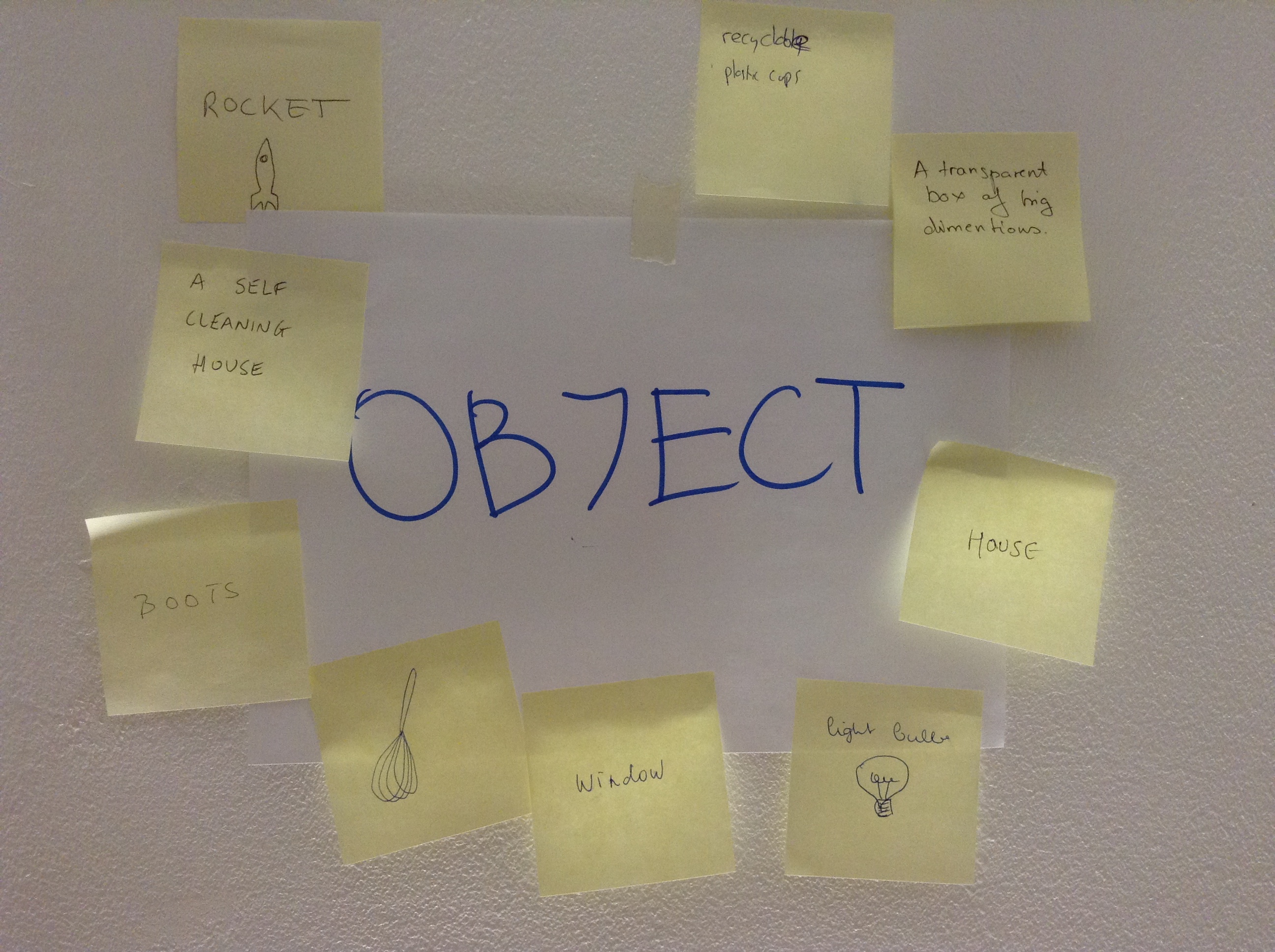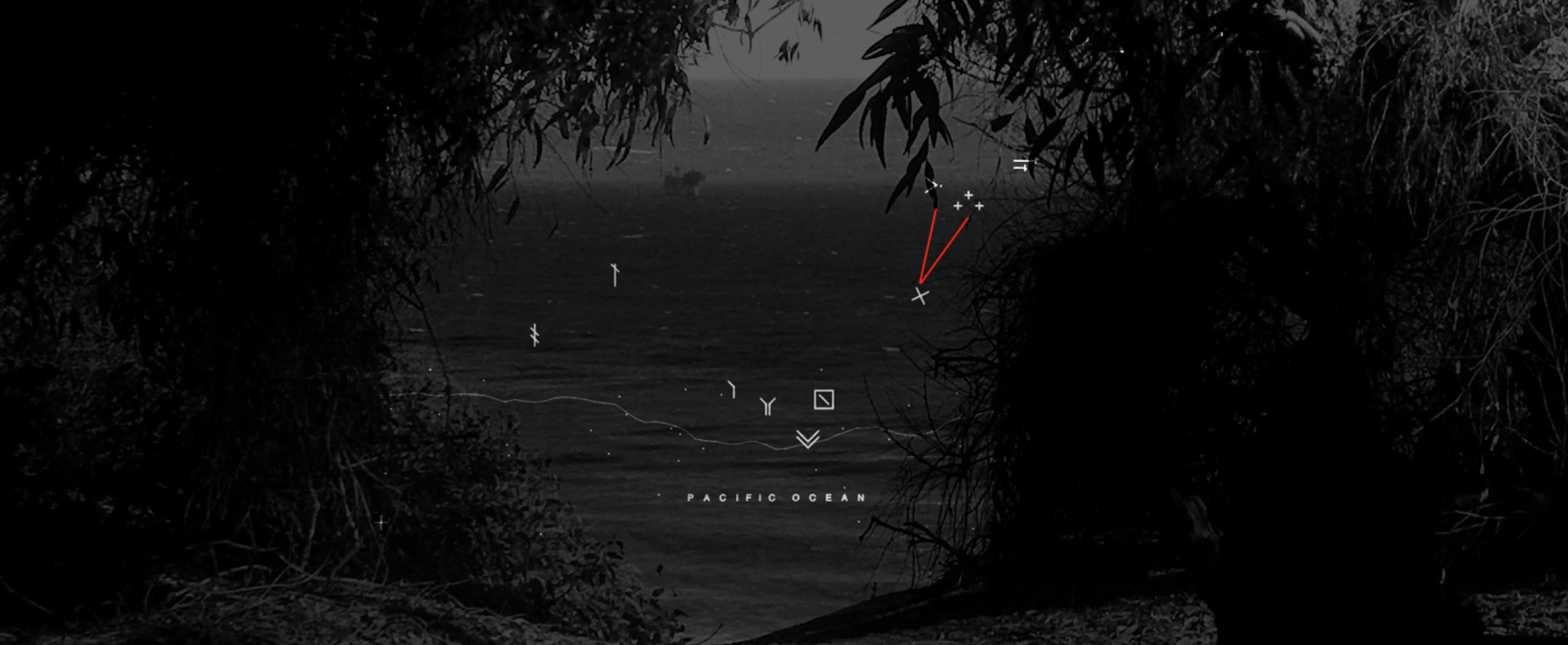Food is as migratory as the people who eat it. “Traditional” cuisine is not always comprised of ingredients local to the region. The modern pizza is Italian in origin, but tomatoes came from the Aztecs. American hot dogs came from German style wieners, but the act of stuffing ground meat into casings goes all the way back to the ancient Sumerians and Chinese. This contradictory notion of foreign ingredients in traditional local cuisine call into question the origin stories of “authentic”, regional food, and what defines authenticity.
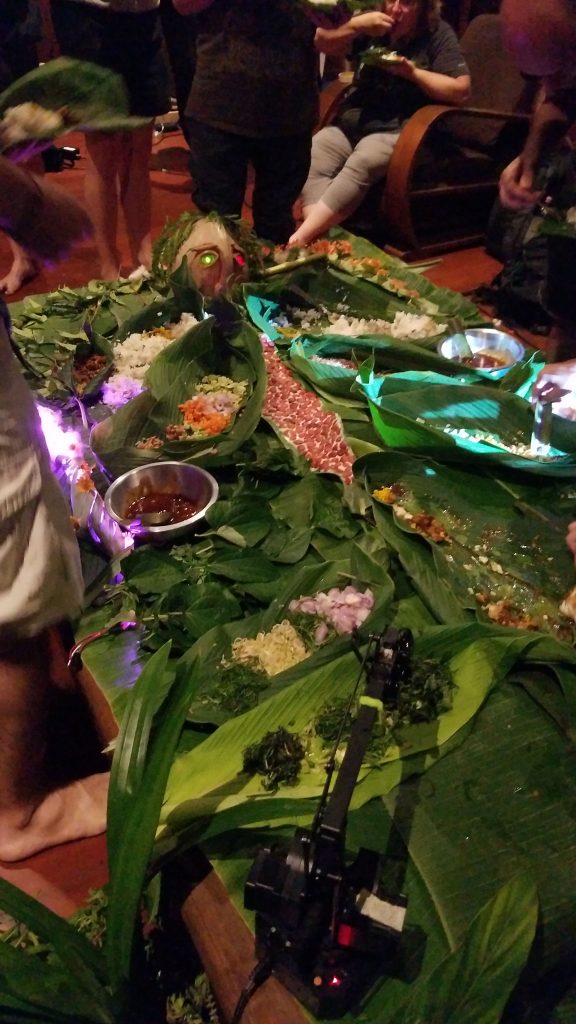
“Home” Cooked is a physical manifestation of how distinct cultural traditions have been founded upon a longstanding history of global exchange and migration. It looks at how a foreign ingredient makes its way into a new country and integrates into a region’s existing food vocabulary. At the PIFcamp, we will research the origin stories of several key dishes from the region, design and test a game that tests player associations with Slovenian ingredients. Our goal is to create new associations by serving different methods of preparing the same food from other countries.
At its core, our game opens up a dialogue on how food acts as an ambassador between regions, highlighting distinct flavors different places bring despite using the same ingredients. The game is merely lubrication for the real art of it all, exchanges between completely different people bonding over love of something so integral to human experience – good food.
